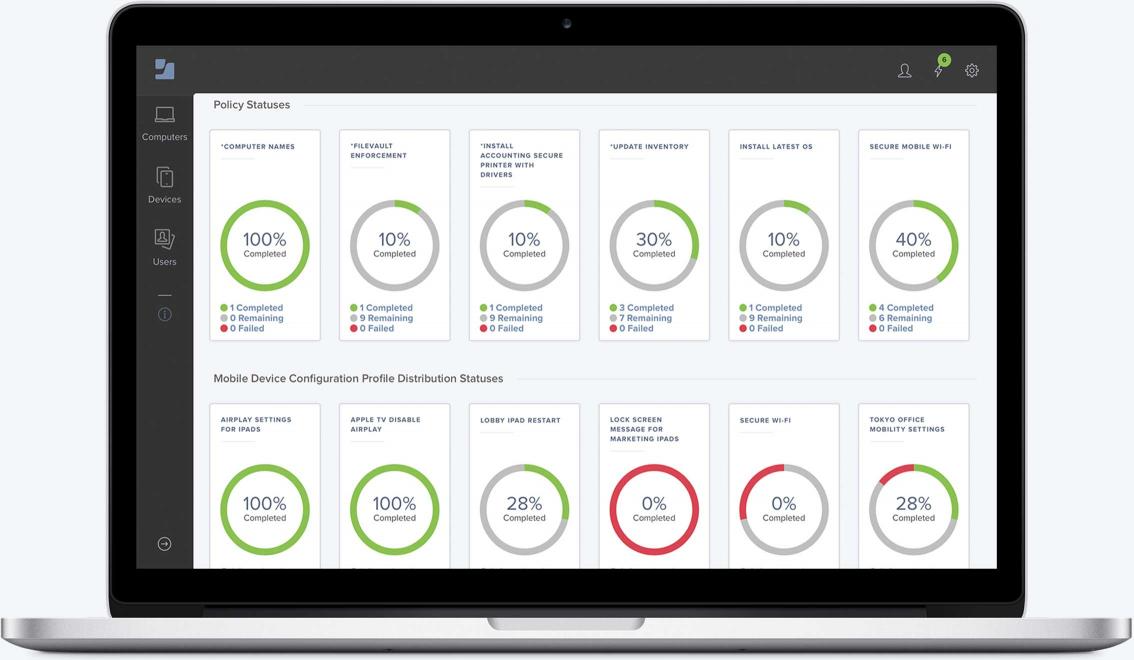

Jamf Pro works with Apple Business Manager or Apple School Manager.Automatically deploy dozens, hundreds, or thousands of Apple devices, complete with settings, security controls, apps, and books.Their most comparable competitor is fellow Apple MDM provider Kandji. Given Jamf Pro’s choice to specialize, they’re one of the leaders in MDM for Apple devices. The mobile device management market is well saturated, with a considerable number of contenders vying for their share. See below to learn all about where Jamf Pro stands in the MDM market: Jamf and the MDM market Now headquartered in Minneapolis, Minnesota, Jamf helps manage over 26 million Apple devices for 60,000 global customers. Originally founded in 2002 in Eau Claire, Wisconsin, Jamf has received a $30 million investment from Summit Partners and grown to over 2,000 employees. Only supported on macOS 10.13 and up.Motivated by a love of the Apple platform, Jamf Pro was developed to help companies succeed by delivering a mobile device management (MDM) solution for Apple devices. Indicates where the recovery key is being shipped.Ĭom.1DF8E4-05FA-4614-92D5-85F3DFA0B42FĮscrows recovery keys into company management system. Thanks to for the template/example configuration profile.Ĭom.861711BA-DA66-4A29-B97D-C5A9213CEB6C Upload your completed Signed-FileVault Recovery Key Escrow.mobileconfig profile to your Jamf Pro Server, then set an appropriate scope and deploy it.

"Common Name of signing certificate in your keychain" refers to any signing certificate in your login or System keychain.ĭelete the temporary configuration profile from your Jamf Pro Server. Sign the new profile thusly: /usr/bin/security cms -S -N "Common Name of signing certificate in your keychain" -i /path/to/FileVault\ Recovery\ Key Escrow.mobileconfig -o /path/to/Signed-FileVault\ Recovery\ Key\ Escrow.mobileconfig Save this file with a suitable name like FileVault Recovery Key Escrow.mobileconfig. Copy and paste this to the same location in your edited template-fde-recovery-key-escrow.mobileconfig file, making sure you get the indentation correct. Find the PayloadContent below PayloadCertificateFileName – it's the big, obvious block of certificate data. Open the de-signed profile originally downloaded from the Jamf Pro Server in your text editor.

Change the values of PayloadOrganization and Location as needed. Plutil -convert xml1 /path/to/de-signed.mobileconfigĬopy the template-fde-recovery-key-escrow.mobileconfig included in this gist to a new file in your favorite text editor. In Terminal, run these commands: /usr/bin/security cms -D -i /path/to/downloaded/profile.mobileconfig -o /path/to/de-signed.mobileconfig Next we'll convert the profile to a useable format. Save the profile, then click the "Download" button.
#Jamf pro filevault serial number
By default it will be replaced with the device's serial number which will aid your technicians in recovering the correct key. Despite the help text, you should leave this blank.
#Jamf pro filevault password
You may inadvertently lock your users out of being able to make changes to the firewall, analytics settings, screen saver password requirement, etc. However, the settings reside in the "Security & Privacy" grouping within the Jamf Pro GUI, forcing you to manage settings other than those related to recovery key escrow. The Jamf Pro GUI allows you to automatically set up the necessary payloads to manage the FDE Recovery Key Escrow process for macOS 10.13+.

#Jamf pro filevault how to
How to manage ONLY FDE Recovery Key Escrow in Jamf Pro 9.101+


 0 kommentar(er)
0 kommentar(er)
